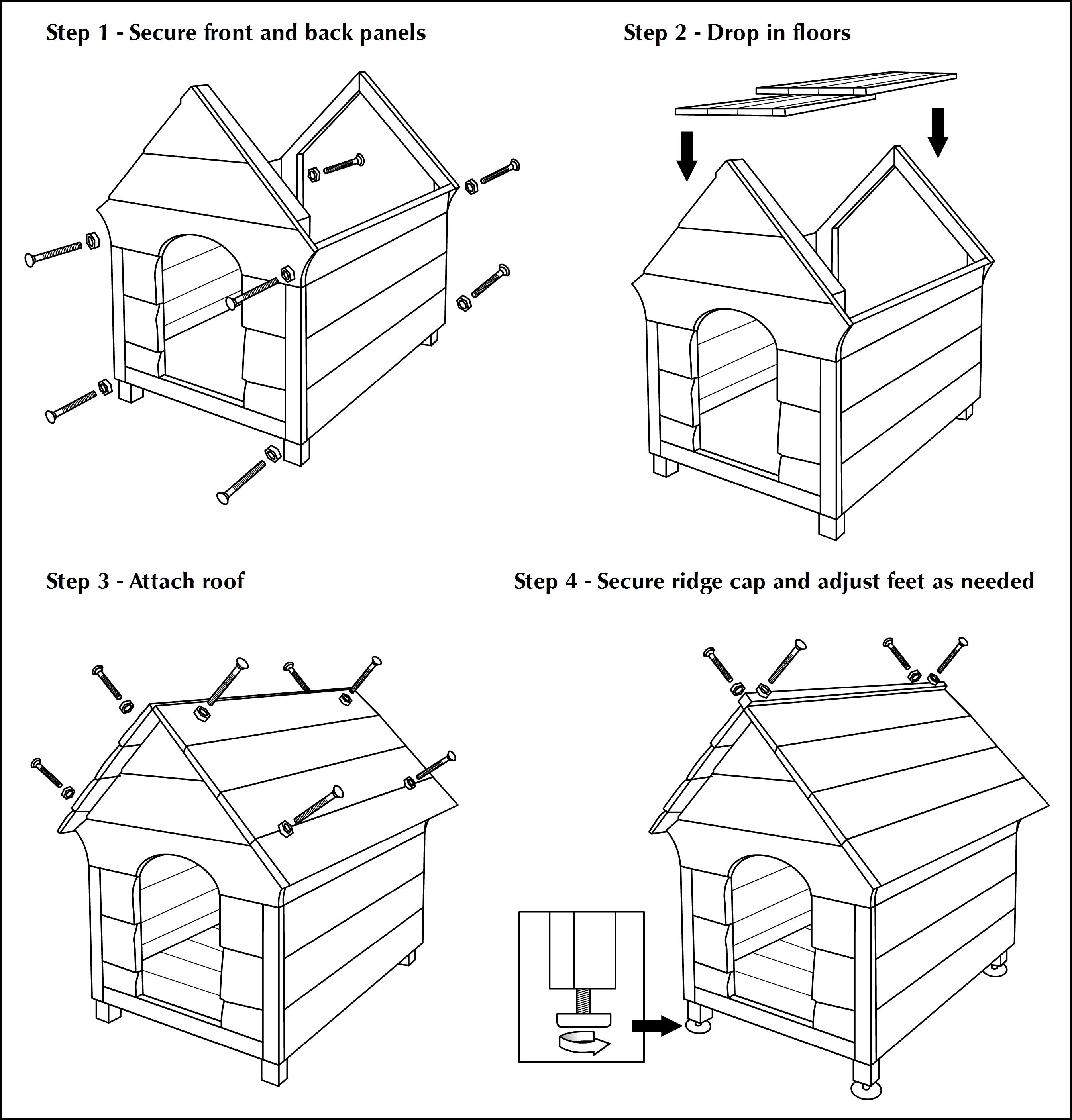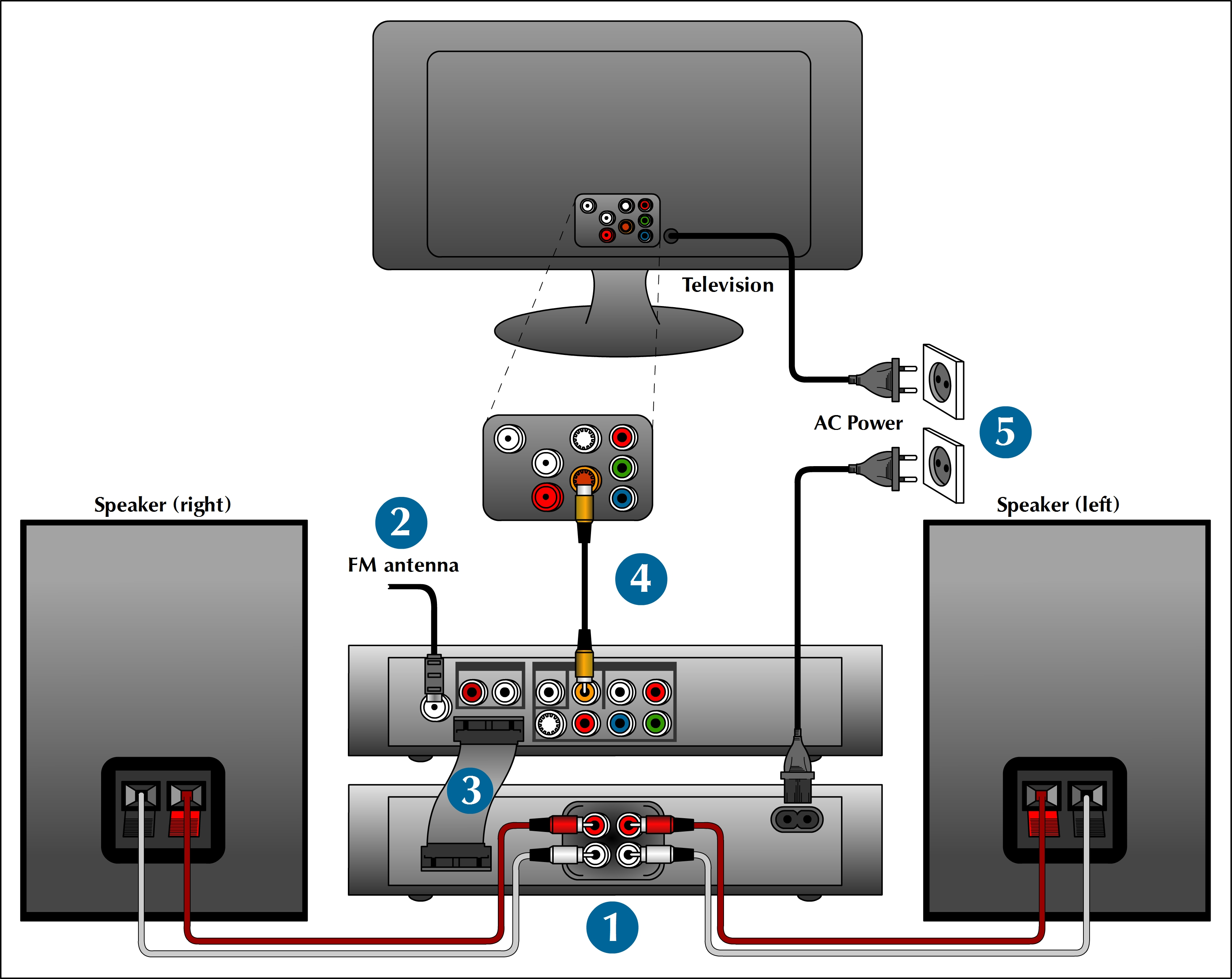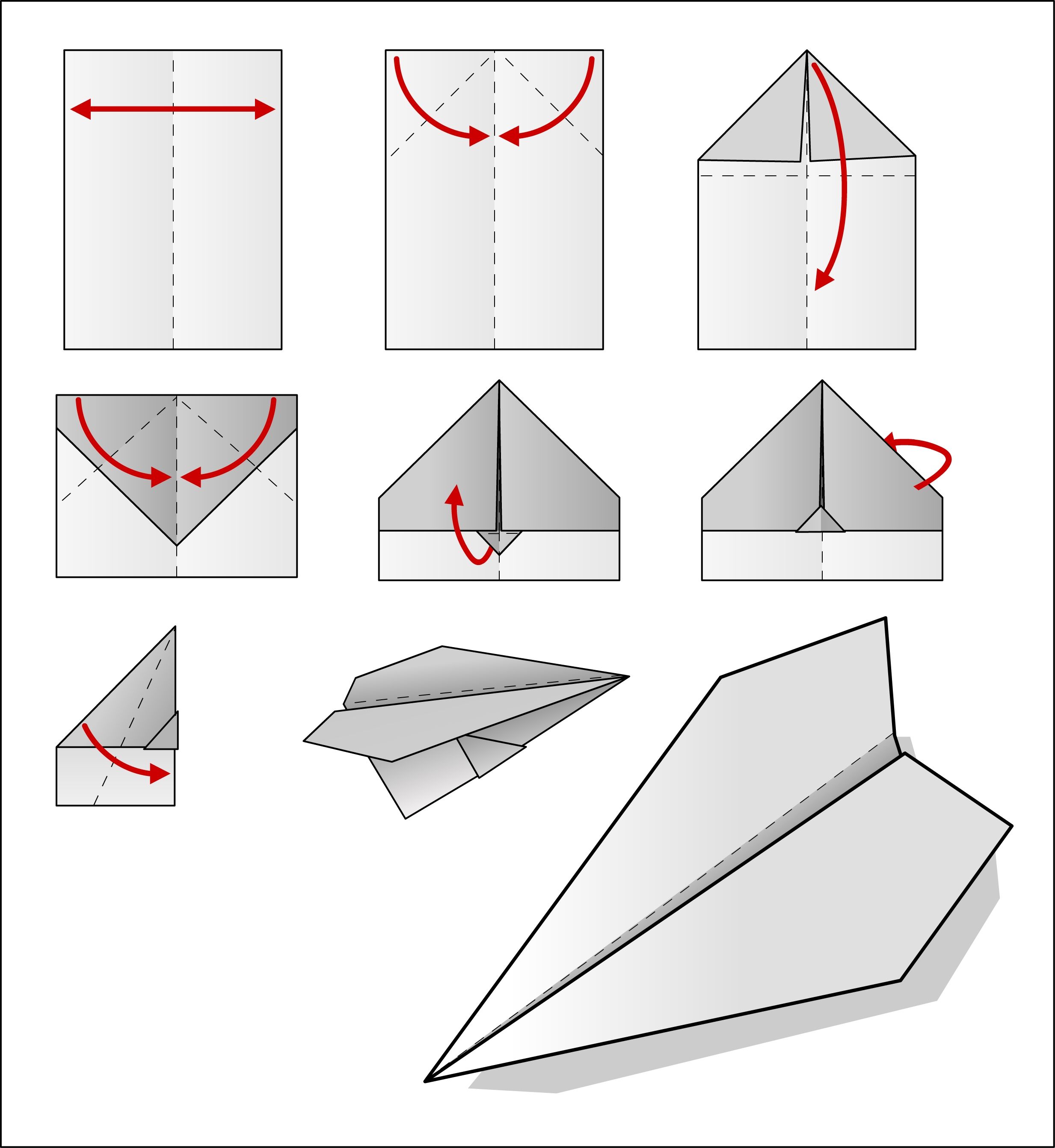What colour wire must be inserted into the top prong?
The green and yellow wire.
|
Previous
10.1 Introduction and key concepts
|
Next
10.3 Floor plans
|
When you buy certain items from a shop, for example a piece of furniture, sometimes the item is not fully assembled. You would then have to assemble the item yourself. These items usually come with a set of instructions and/or an annotated diagram.

When we refer to “instructions for assembling”, we are referring to words (usually short sentences) describing how to assemble an item. When we refer to “assembly diagrams”, we are referring to annotated (labelled) pictures that explain in detail how we must assemble an item.
It is vital to ensure that you know what each symbol in the assembly instructions mean.
Some symbols you might see include:
Scissors | Screw | Screwdriver | Hammer |
|
|
|
|
Study the assembly diagram below and describe (in words) each step of assembling this dog kennel in detail.

In this assembly diagram, we are given instructions in words and pictures.
Step 1: The diagram shows that we need to align the front, sides and back of the kennel as shown, and screw in the front and back panels (the screws may or may not be provided with the kennel, we cannot know this from the instructions alone).
Step 2: Once we have secured the front and sides of the kennel, we put in the floor of the kennel by inserting it from the top. According to the diagram, the floor does not need screws to be held in place, it should simply fit inside.
Step 3: Now we need to attach the roof. According to the diagram, this requires \(\text{8}\) screws to be placed in the positions indicated on the roof of the kennel.
Step 4: Last, we screw in the top piece of the roof (the “ridge cap”) with four screws, and adjust the feet of the kennel to make it level. As shown in the inset diagram, to adjust the feet we can turn the base of each foot like a screw.
Assembly diagrams don't always come with written instructions. Sometimes we are only given pictures (e.g. to avoid having to translate instructions into different languages), or sometimes only written words. Either way, you need to be able to interpret the instructions and make sense of them.
In the image below, instructions are given in picture form only. Each blue number on the diagram represents one step in the assembly process. You are given five written instructions below. In the table below, match each written step to the step number you think it describes:

Step number on image | Statement number/description |
\(\text{1}\) | b) Connect the speaker cables |
\(\text{2}\) | e) Connect the FM antenna |
\(\text{3}\) | d) Connect the control cable |
\(\text{4}\) | a) Connect the composite video cable to a TV |
\(\text{5}\) | c) Connect the power cables of the system and TV |
In a group, study the images below showing how to insert a cell phone's SIM card and battery, and write a description of each step, based on the images.
Step 1 |
Step 2 |
Step 3 |
Step 4 |
Step 1:
Place your fingernail in the cover release opening, lift the back cover of the phone up (1) and pull it back (2) to remove it.
Step 2:
Lift out the battery by slipping your finger under the side and lifting it up (1) and out (2) of the phone.
Step 3:
Slide the SIM card into the SIM card socket inside the phone. Make sure that the card's gold contacts face downwards.
Step 4:
Replace the battery by slipping it back into the phone and (1) pressing it down and down (2)
Study the assembly instructions given below to wire a plug and answer the questions that follow.
What colour wire must be inserted into the top prong?
The green and yellow wire.
What colour wire must be inserted into the left prong?
The blue wire.
What colour wire must be inserted into the right prong?
The brown wire.
What is the main difference between a 2 prong plug and a 3 prong plug?
A 2 prong plug only has two wires, unlike a 3 prong plug, which has 3 wires. A two prong plug is also not earthed.
Why do you think it important to wire an electrical appliance correctly?
Appliances that aren't wired correctly can short, and shock you if you touch them. This can be fatal!
In a group, follow the instructions given below to make a paper glider and answer the questions that follow.

For each step, write down a description of what you had to do.
Learner-dependent answer but descriptions should be clear and concise.
Write down one advantage and one disadvantage of instructions without words.
Advantage: you don't have to translate the instructions into another language. Disadvantage: Sometimes words can add meaningful explanations to the instructions, so pictures only can be less easy to understand.
Do all the paper gliders made by your class look the same? What could have been added to the diagrams to ensure that they all look the same?
Learner-dependent answer
Can you think of a better design for a paper glider? Experiment with your glider and see if there are other ways you could assemble it.
Learner-dependent answer
Write assembly instructions and draw diagrams to explain how to make your new and improved paper glider.
Learner-dependent answer
|
Previous
10.1 Introduction and key concepts
|
Table of Contents |
Next
10.3 Floor plans
|